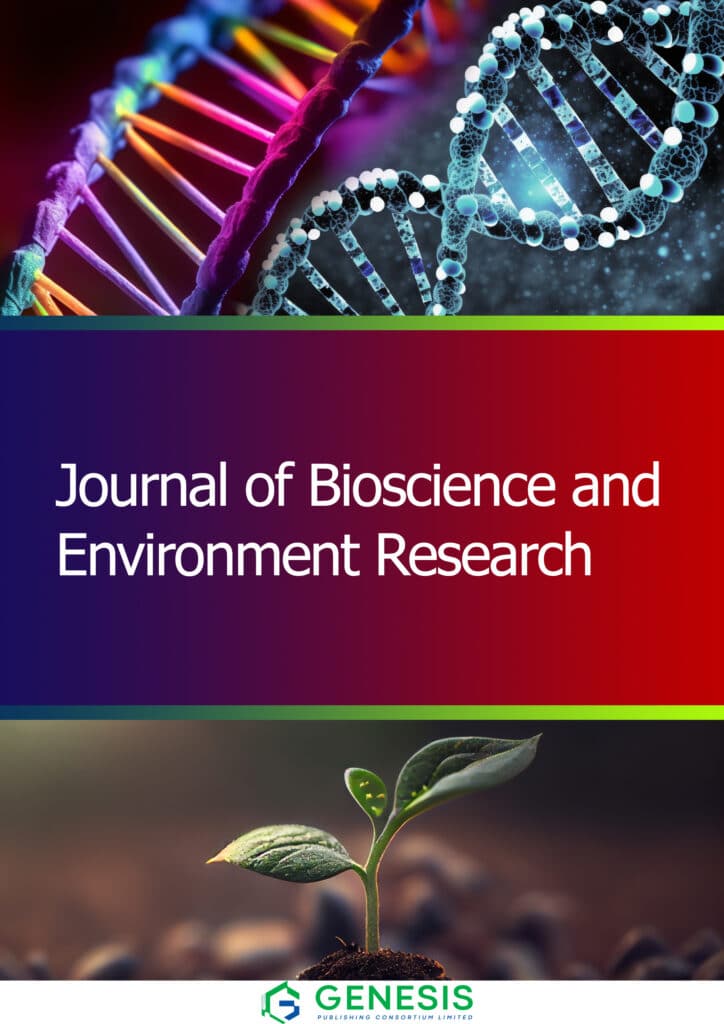Environmental health research has undergone a transformative shift in response to the unprecedented challenges caused by industrialization, urbanization, and climate change. These global structural transformations have reshaped ecosystems and led to profound effects on public health (McMichael, 2013; Abbass et al., 2022). The ever-increasing burden of environmental toxins, particularly in the form of heavy metals and industrial pollutants, is of great concern for both human and environmental health. Toxic substances spread globally through various sources such as air, food, and water, introducing new health challenges while exacerbating existing ones (Balbus et al., 2013). In recent years, the global scientific community has focused on understanding the multifaceted nature of these pollutants, identifying their sources, and developing mitigation strategies. While significant progress has been made, major gaps remain in our understanding of long-term exposure risks and the complex interplay between environmental stressors and human health (Reuben et al., 2022). The urgency of the impact of environmental change was emphasized in 2024 when the World Meteorological Organization reported a series of devastating climate-related events, including unprecedented heatwaves, catastrophic floods, and significant biodiversity losses. This highlights the need for immediate and strategic interventions at all levels.
Recognizing the direct and indirect impacts of toxic substances is fundamental to environmental health research. Toxic compounds, particularly heavy metals such as cadmium, lead, and mercury have long been established for their hazardous effects on biological systems. They contribute to dire consequences for almost all living organisms and affect the ecosystem (Mitra et al., 2022). To assess the impact of these toxic compounds, there is need to consider three critical dimensions which include hazard, exposure, and vulnerability. The impact of heavy metals, particularly the role that cadmium plays in disrupting cellular processes and how the long-term exposure on populations in industrial zones can be devastating. However, despite established evidence of their hazards, the precise mechanisms of bioaccumulation and intergenerational health effects remain poorly understood, highlighting a critical knowledge gap in toxic metal research (Jomova et al., 2024).
One of the growing fields in environmental health research is the use of molecular biology and genetic engineering to mitigate pollution and enhance bioremediation efforts because it has the potential for ecosystem restoration to create a lasting sustainable solution (Li et al., 2021). Engineered microorganisms, such as genetically modified yeast, have been explored as potential tools for metal detoxification. It projects a promising solution for remediating contaminated environments (Kuroda and Ueda, 2010). Similarly, recent advances in high throughput sequencing and synthetic biology have further expanded the potential of these biological systems to remediate heavy metal toxicity (Mohammed et al., 2023; Nagy et al., 2024). While these approaches hold promise, the challenge of translating laboratory successes into the real-world applications is the goal of research in remains a major hurdle in environmental biotechnology.
Beyond laboratory and technological advancements, environmental health research must integrate interdisciplinary strategies that address social and regulatory dimensions. This will require collaboration across fields, including molecular biology, environmental science, public health, and policy. What becomes evident from these contributions is that environmental health research must take a multidisciplinary approach. Moreover, social, community-driven initiatives and participatory research approaches can enhance local engagement in addressing environmental health disparities (Maxwell et al., 2019; Yang and Lo, 2021).
As we reflect on the multidisciplinary aspects, we must also consider the future directions of environmental health research. We need to focus more on sustainable remediation strategies that do not only remove toxic compounds from the environment but also prevent future contamination. Technical innovations such as green chemistry, phytoremediation, and circular economy approach should be sought after as they offer promising pathways toward a cleaner and healthier planet (Jain, 2024). With the advent of artificial intelligence (AI), exploring the role of AI advancements in environmental science to highlight its potential to enhance sustainability and pollution mitigation efforts (Konya and Nematzadeh 2024). These advances can significantly promote environmental health research and drive the development of innovative solutions to safeguard ecosystems, improve public health, and promote sustainable environmental management practices
This is a call to action for researchers, policymakers, and practitioners to advance the field of environmental health. The challenges are enormous, but so are the opportunities for innovation and impact. We can work for a future where environmental risks are minimized, and health outcomes are maximized for all through a multidisciplinary and collaborative approach. The path forward is beyond scientific measures, but also a commitment to sustainability, equity, and justice in environmental health policies and practices.
Declaration by author
The author is responsible for the content and accuracy of the manuscript. However, writing tools were used to proofread and correct the texts.
Acknowledgements
The author would like to express sincere gratitude to his colleague, Ayomikun Aderounmu, for his constructive feedback and insightful discussions that enriched this editorial.
Ethical approval statement
None to declare.
Data availability
Not applicable.
Informed consent statement
Not applicable.
Conflict of interest
The authors declare no conflict of interest.
Authors’ contribution
Sunday Olaniyan contributed to the design and writing of this editorial.



